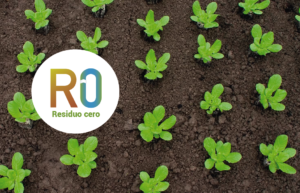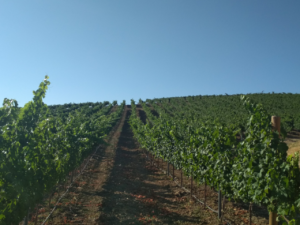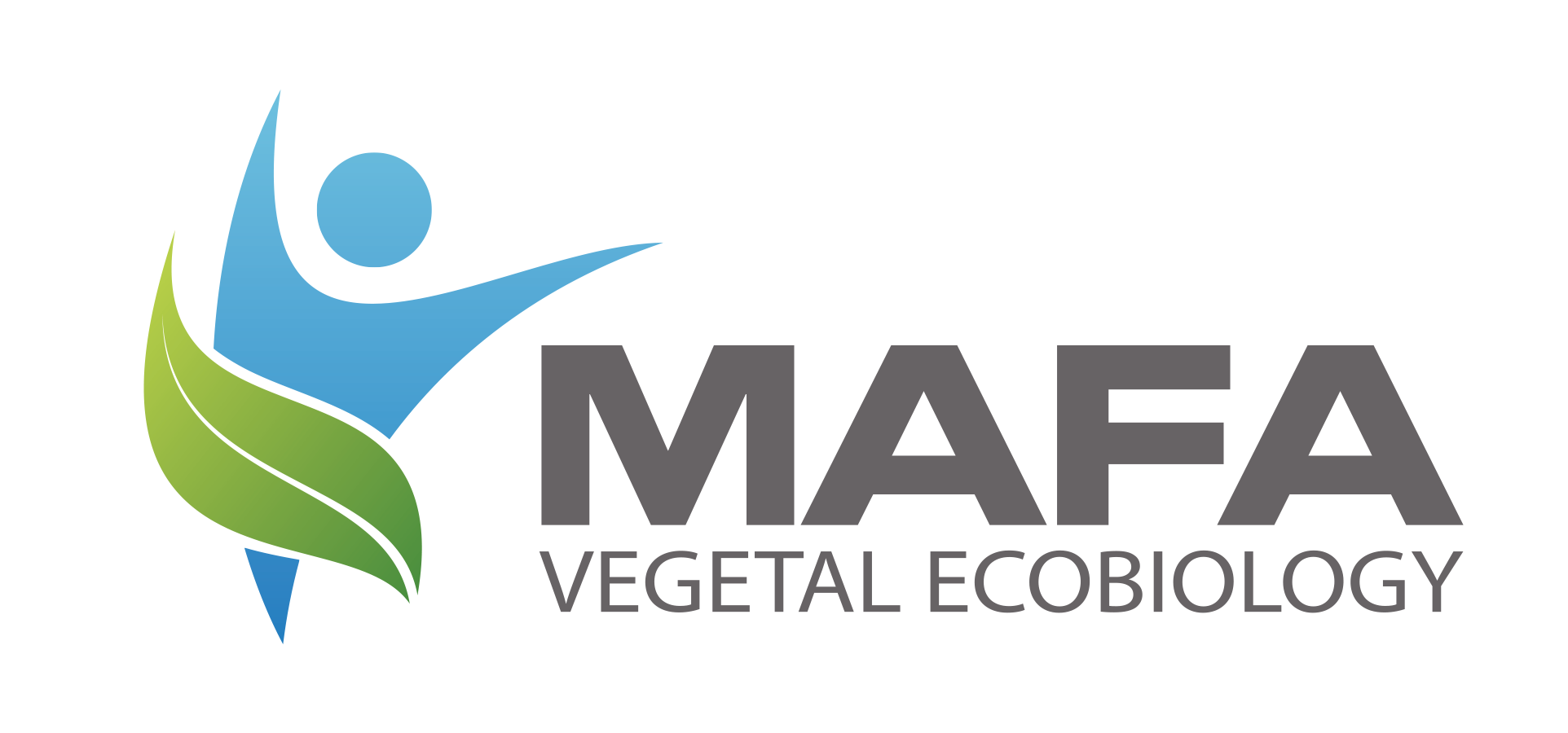The Zero Residue agriculture is on the rise. And why? Because the society is changing towards a more sustainable agriculture model and more careful about the provenance, the quality of our food, as well as the “valor” behind the product. We care about – and we want to know – the way how produced what we consume.
The agricultural sector has dedicated to sustainability of crops and food safety, it is a reality, not unaware of MAFA. The environmental protection and the production of chemical free residue foods are the main parts of our business mission. Besides, the marketing data and the consumer demand confirm the profitability of this kind of agriculture. The adaptation of the cultivation methods to the zero residues allows the access to new markets, especially to the European market, where demanded food safety is the most.

ORGANIC AGRICULTURE AND ZERO RESIDUE: SIMILARITIES AND DIFFERENCES
Although the organic agriculture and the zero residue method are highly related, they are not exactly the same. The zero residue agriculture, as the one that ensure MAFA with its products, is a cultivation technique, which allows to use low-impact chemical products. These products are only used when they are absolutely necessary. It helps the crop to maintain free from any phytosanitary residues. Also it is not a complete organic agriculture because zero residue agriculture allows to use more treatments or solutions for the nutrition and protection of the crops than organic agriculture.
Natural biostimulants, phytobiotics and biofertilizers represent the change of the traditional agricultural sector towards more sustainable crop management and completely safe for the consumer health. The zero residue agriculture consists plant extracts and microorganisms use, because they encourage the development of the plants likewise aromatics, extracts that attract pollinating insects and improve the quality and development of the fruits, etc.
 For its innumerable advantages, organic agriculture and the tendency to select zero residue foods keep growing. The farmer achieves steadier, healthier and more environmentally friendly crops rather than conventional methods. In other words, the zero residue agriculture looks for the natural balance of the agro-environmental ecosystem, and the consumer has the insurance to consume healthy products.
For its innumerable advantages, organic agriculture and the tendency to select zero residue foods keep growing. The farmer achieves steadier, healthier and more environmentally friendly crops rather than conventional methods. In other words, the zero residue agriculture looks for the natural balance of the agro-environmental ecosystem, and the consumer has the insurance to consume healthy products.
In all this, biotechnology is the key. The applied research makes sure that, natural raw materials, such as minerals and botanical extracts to maximize the efficiency of agricultural products, decreases environmental foot-print while the objective of healthy product is obtained. It is clear that the zero residue agriculture has a future. If we do not invest on the field with a clear objective for a sustainable model, our future will be at stake.




